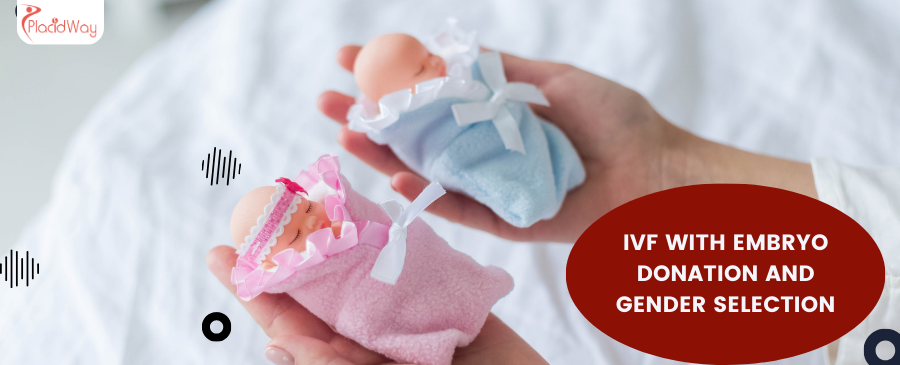
Table of Content
In vitro fertilization (IVF) with embryo donation and gender selection is a specialized form of assisted reproductive technology. It involves the use of donated embryos and the selection of an embryo with a specific gender, typically through preimplantation genetic diagnosis (PGD). This treatment is sought by couples who are unable to conceive using their own gametes, or by those who are at risk of transmitting genetic disorders, or who have preferences for gender selection for family balancing purposes.
| Type of IVF | Description | Advantages |
|---|---|---|
| Standard IVF | Conventional method using patient's own eggs and sperm. | Widely available, well-researched. |
| IVF with ICSI | Injection of a single sperm directly into an egg. | Useful for severe male infertility. |
| IVF with Donor Eggs | Use of donor eggs often from younger donors. | Increases success rates in older patients. |
| IVF with Embryo Donation and Gender Selection | Use of donated embryos with the choice of gender. | Helps prevent genetic diseases; aids in family balancing. |
The procedure involves several key steps:
| Step | Description |
|---|---|
| 1. Initial Consultation | Assessment of patient's medical history and discussion of treatment options. |
| 2. Selection of Donor Embryo and Gender | Choosing an appropriate embryo based on genetic testing and desired gender. |
| 3. Embryo Transfer | Transferring the selected embryo into the uterus. |
| 4. Follow-up | Monitoring for pregnancy signs and ongoing support. |
| Country | Cost |
|---|---|
| Mexico | $7,000 - $10,000 |
| Turkey | $4,000 - $6,000 |
| Thailand | $8,000 - $12,000 |
| Colombia | $5,500 - $8,000 |
| India | $3,000 - $5,000 |
| Austria | $10,000 - $15,000 |
| USA | $12,000 - $20,000 |
| UK | $9,000 - $14,000 |
Find Prices for IVF with Embryo Donation and Gender Selection Near You
The cost without insurance can vary significantly depending on the country, ranging from $3,000 to $20,000.
The success rate can vary, but generally ranges from 40% to 70%, depending on the age of the embryos and the quality of the clinic.
The entire process typically takes about 3 to 6 weeks, depending on the specific circumstances and treatments involved.
Most clinics have an upper age limit for recipients, often around 50 to 55 years old, but this can vary by clinic and country.
While gender selection technology has advanced, it is important to note that no procedure can guarantee 100% accuracy due to biological and technical factors.
Planning your family is a profound journey, and choosing IVF with embryo donation and gender selection abroad can be a significant part of that process. By opting for treatment overseas, you can benefit from cost-effective options, experienced specialists, and cutting-edge technology. Ensure you select accredited clinics and understand all legal and ethical considerations. Start your path to parenthood with confidence and care.
Fertility Treatment Abroad, Best Fertility Clinics